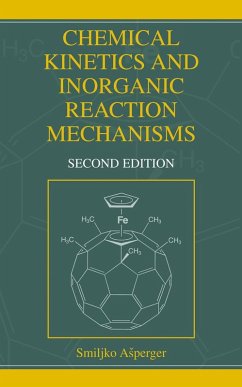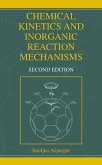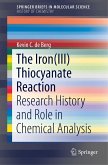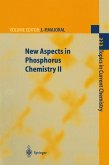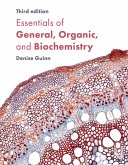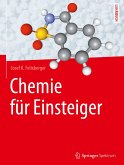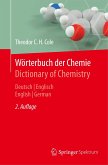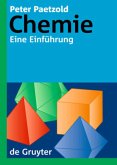The serious study of the reaction mechanisms of transition metal com plexes began some five decades ago. Work was initiated in the United States and Great Britain; the pioneers ofthat era were, inalphabetical order, F. Basolo, R. E. Connick, 1. O. Edwards, C. S. Garner, G. P.Haight, W. C. E. Higgision, E.1. King, R. G. Pearson, H. Taube, M.1. Tobe, and R. G. Wilkins.A larger community of research scientists then entered the field, many of them stu dents ofthose just mentioned. Interest spread elsewhere as well, principally to Asia, Canada, and Europe. Before long, the results ofindividual studies were being consolidated into models, many of which traced their origins to the better-established field of mechanistic organic chemistry. For a time this sufficed, but major revisions and new assignments of mechanism became necessary for both ligand sub stitution and oxidation-reduction reactions. Mechanistic inorganic chemistry thus took on a shape of its own. This process has brought us to the present time. Interests have expanded both to include new and more complex species (e.g., metalloproteins) and a wealth of new experimental techniques that have developed mechanisms in ever-finer detail. This is the story the author tells, and in so doing he weaves in the identities of the investigators with the story he has to tell. This makes an enjoyable as well as informative reading.
Hinweis: Dieser Artikel kann nur an eine deutsche Lieferadresse ausgeliefert werden.
Hinweis: Dieser Artikel kann nur an eine deutsche Lieferadresse ausgeliefert werden.
`[...]it is clearly aimed toward researchers in this field of study and is likely to become a staple on the shelves of practicing inorganic chemists. Recommended.'
Choice, 41:6 (February 2004)
Choice, 41:6 (February 2004)
`[...]it is clearly aimed toward researchers in this field of study and is likely to become a staple on the shelves of practicing inorganic chemists. Recommended.'
Choice, 41:6 (February 2004)
Choice, 41:6 (February 2004)

